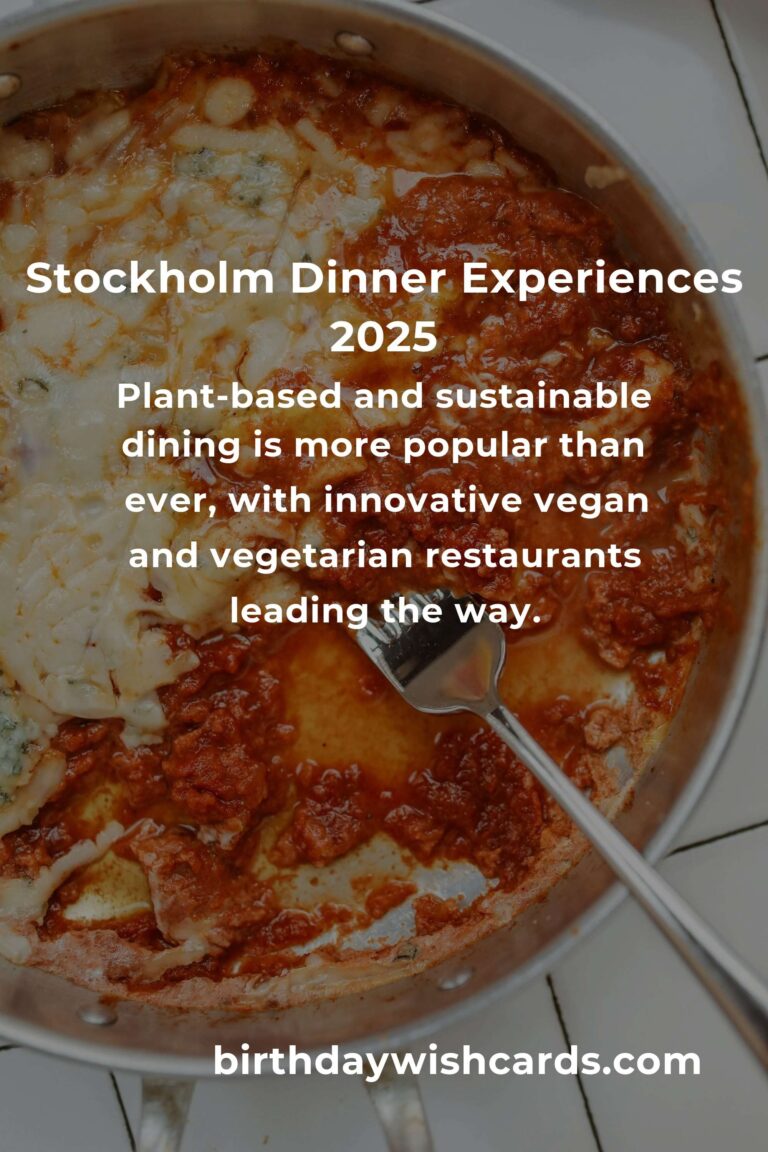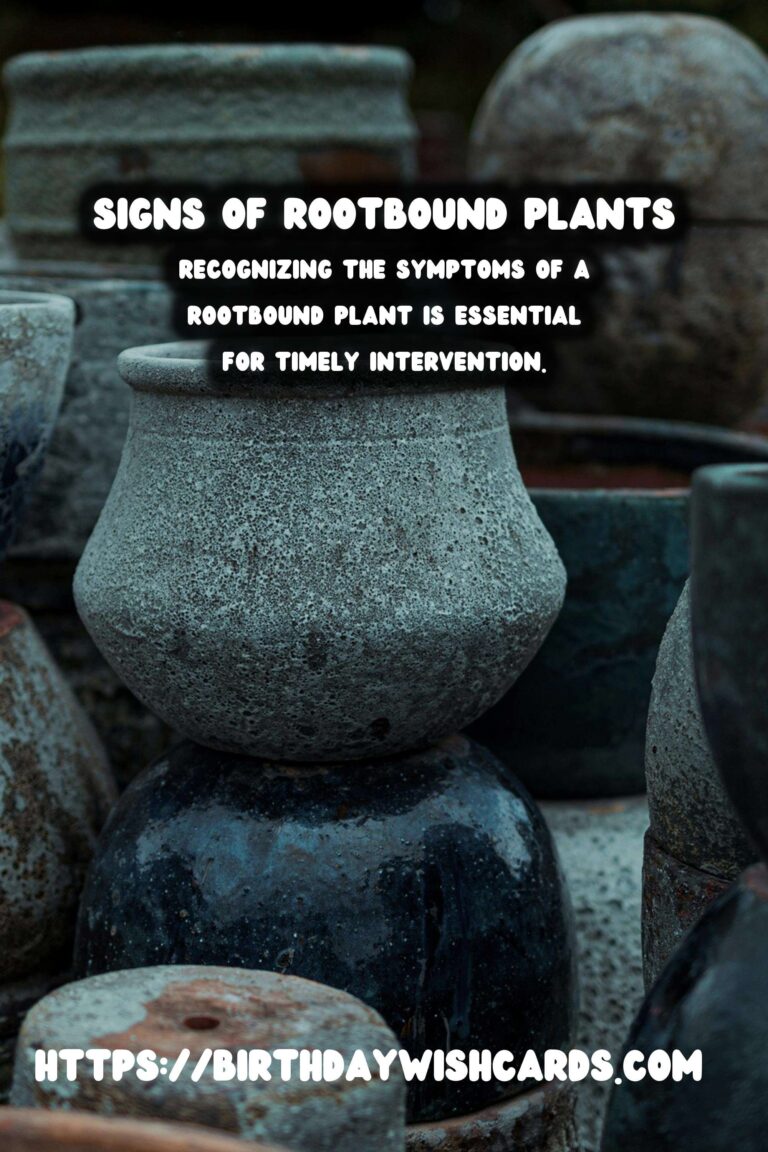
Plants are remarkable organisms that require careful nurturing to thrive. One of the most crucial aspects of plant health lies beneath the soil in the root system. Understanding plant root systems is essential for any gardener or plant enthusiast, as it can provide insights into the health and well-being of the plant. Among the various issues that can affect roots, being ‘rootbound’ is a common problem, especially in potted plants.
What Does It Mean for a Plant to be Rootbound?
A plant is considered rootbound when its roots have grown to the extent that they fill the pot or container, often circling around the inside edges. This condition can restrict the plant’s growth and lead to several health issues. The roots may become tangled or even form a dense mat, leaving little room for new root growth and limiting access to nutrients and water.
Common Symptoms of Rootbound Plants
Recognizing the symptoms of a rootbound plant is essential for timely intervention. Here are some common indicators:
1. Stunted Growth
One of the first signs that a plant may be rootbound is stunted growth. If your plant isn’t growing as vigorously as expected, it might be due to restricted root space.
2. Yellowing Leaves
Leaves turning yellow and falling off prematurely can indicate that the plant is not getting enough nutrients or water due to root congestion.
3. Wilting Despite Regular Watering
If your plant wilts shortly after watering, it might be because the roots cannot absorb sufficient water due to overcrowding.
4. Roots Growing Out of Drainage Holes
Visible roots protruding from the drainage holes of the pot is a clear sign the plant has outgrown its container.
5. Soil Dries Out Quickly
When the soil dries out faster than usual, it can be due to the dense root mass that doesn’t retain water effectively.
How to Address Rootbound Plants
Once you identify a rootbound plant, taking action is crucial to restore its health. Here are steps to help your plant:
Repotting
The most effective solution is to repot the plant into a larger container. Choose a pot that is at least 2-3 inches larger in diameter to allow room for growth.
Root Pruning
In cases where repotting is not feasible, gently prune the roots. Use sterilized tools to trim away excess roots, especially those circling around the pot.
Soil Refreshment
When repotting, ensure you use fresh potting soil rich in nutrients to support new root growth.
Watering and Feeding
After addressing the rootbound issue, be mindful of the plant’s watering and feeding requirements to promote recovery and growth.
Preventing Plants from Becoming Rootbound
Prevention is always better than cure when it comes to rootbound plants. Consider these tips to keep your plants healthy:
- Choose the right size pot when initially planting.
- Regularly check for signs of rootbound symptoms.
- Repot plants every 1-2 years, depending on their growth rate.
- Ensure proper drainage to avoid waterlogged roots.
By understanding and managing rootbound symptoms, you can ensure your plants remain healthy and flourishing.
A plant is considered rootbound when its roots have grown to fill the pot, often circling around the inside edges. Recognizing the symptoms of a rootbound plant is essential for timely intervention. Once you identify a rootbound plant, taking action is crucial to restore its health. Preventing plants from becoming rootbound involves choosing the right pot size and regular repotting. 
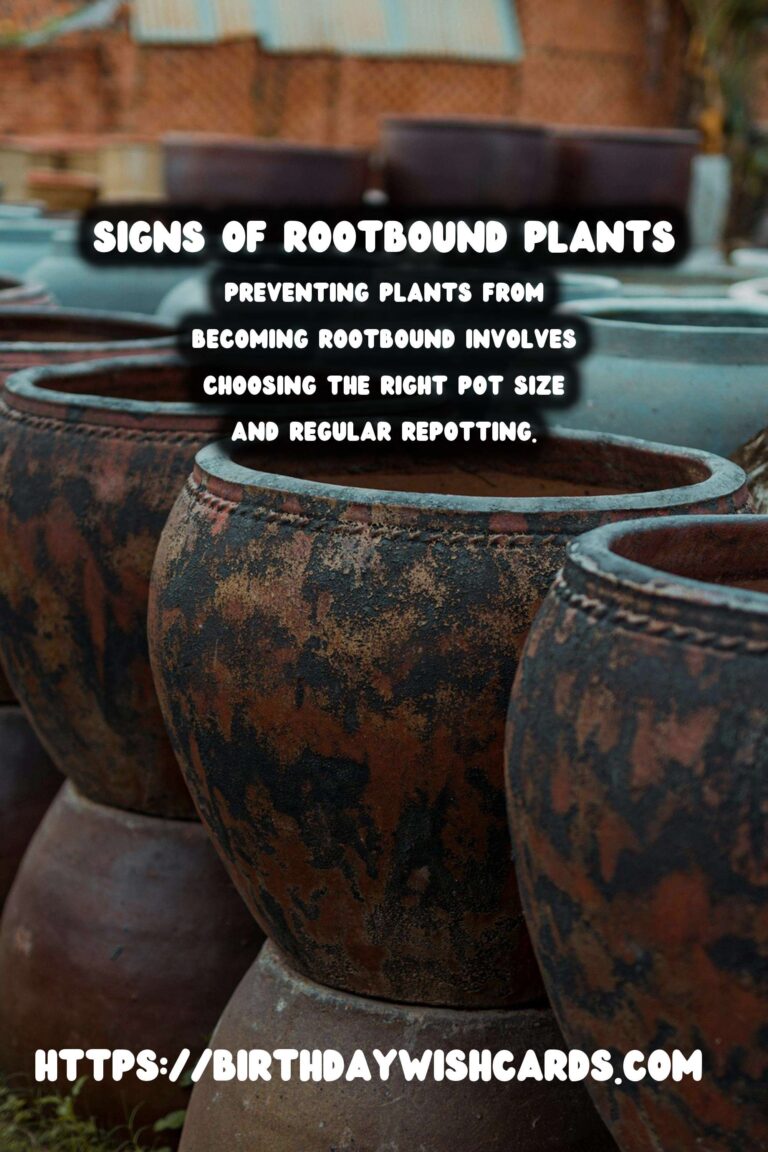
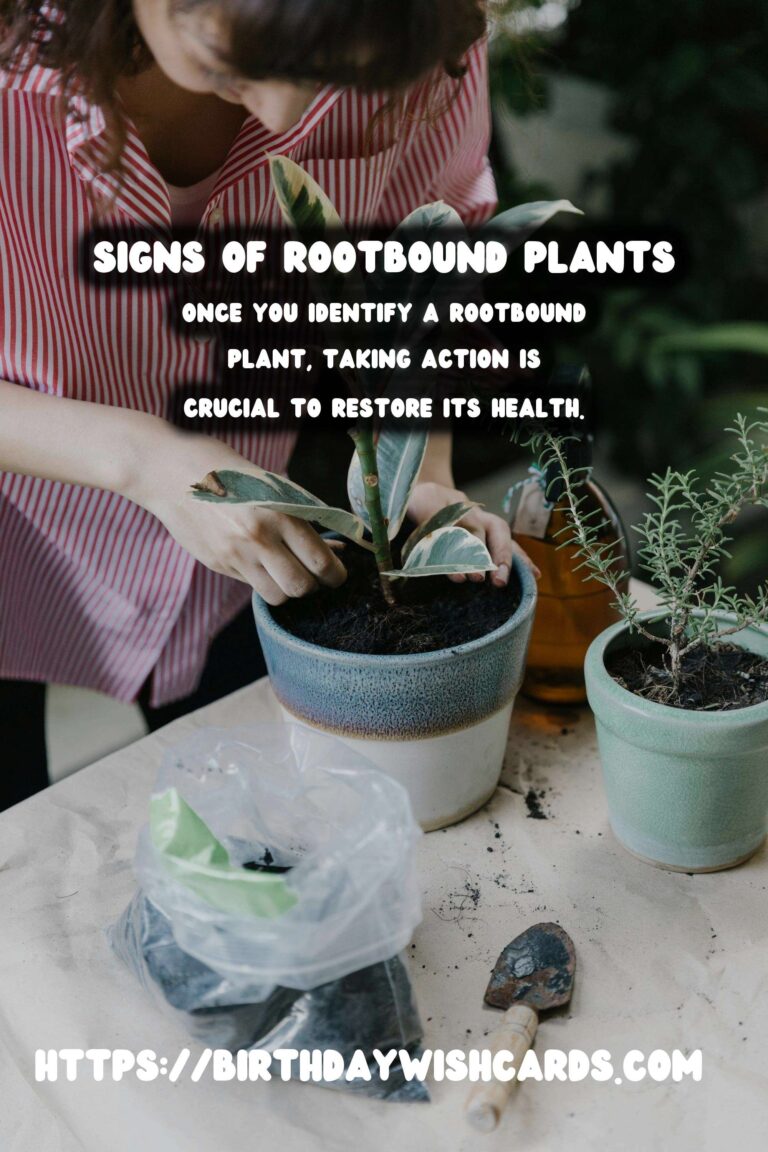
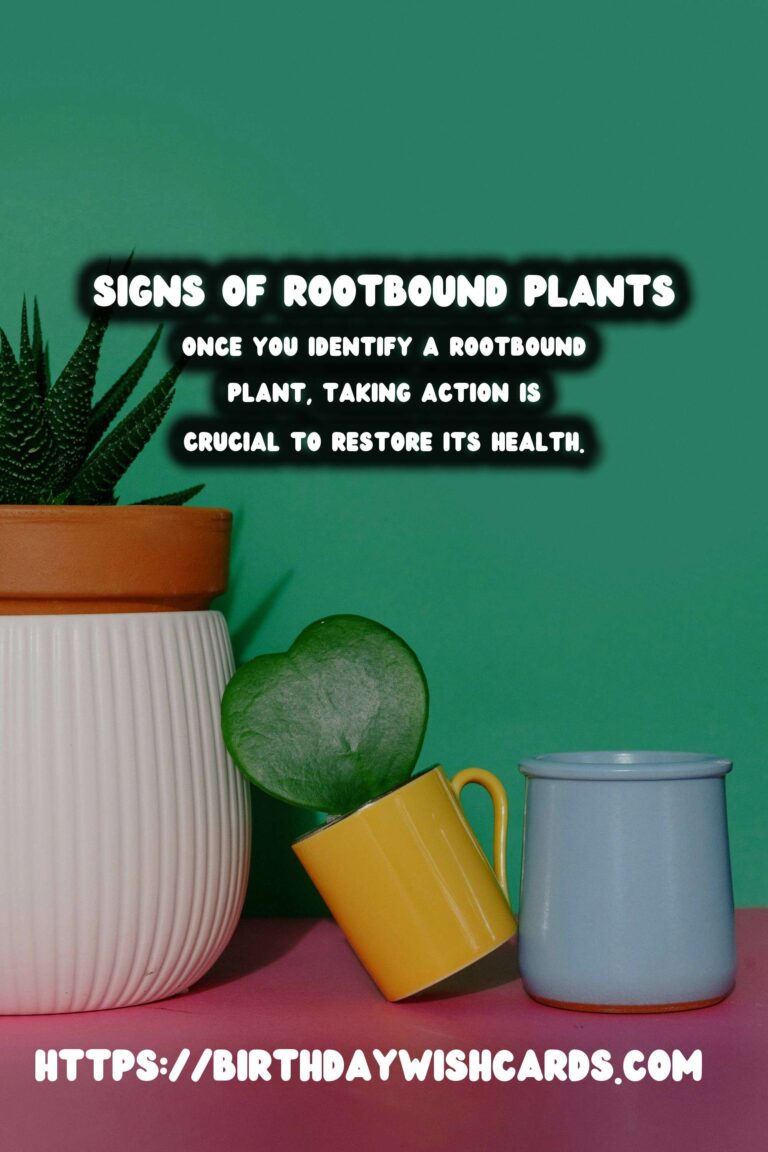
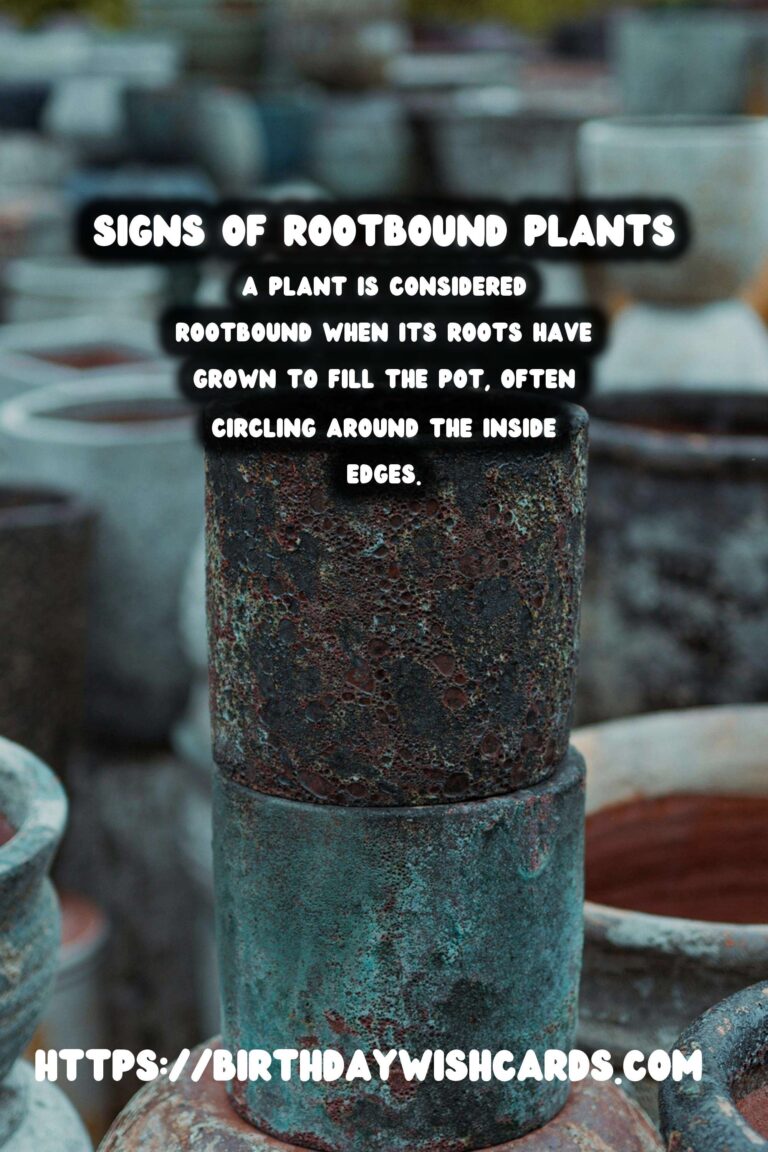
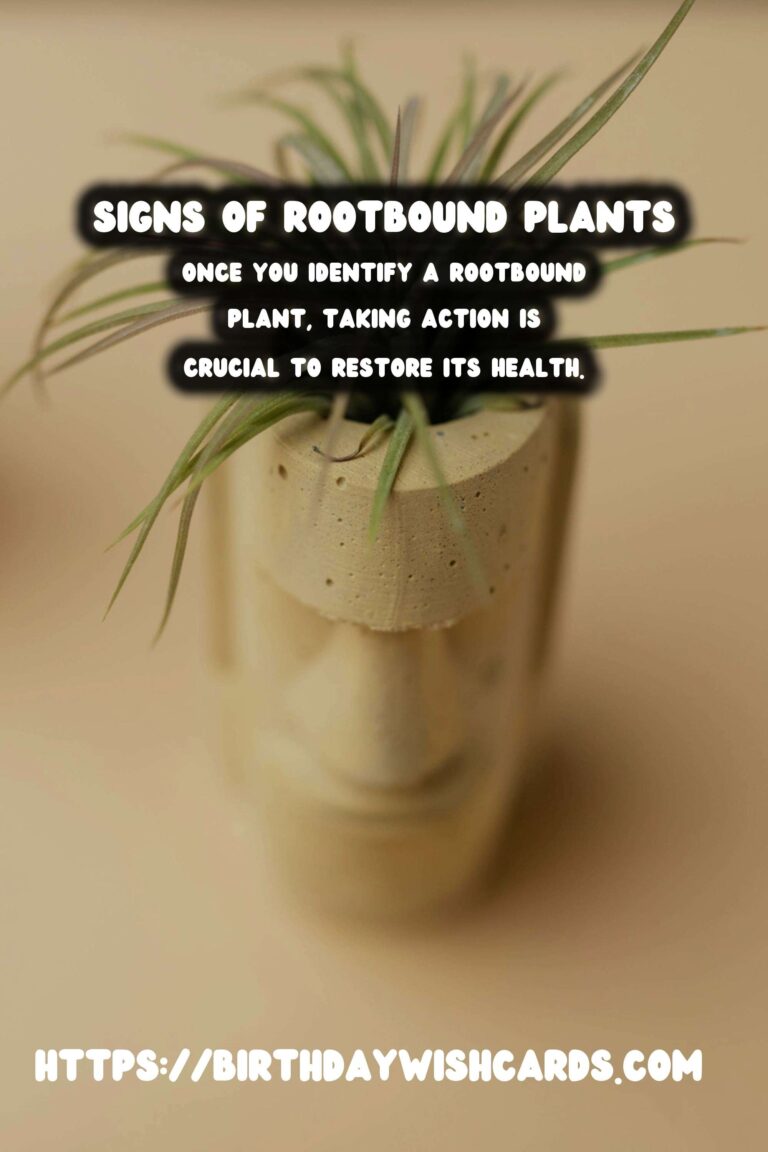
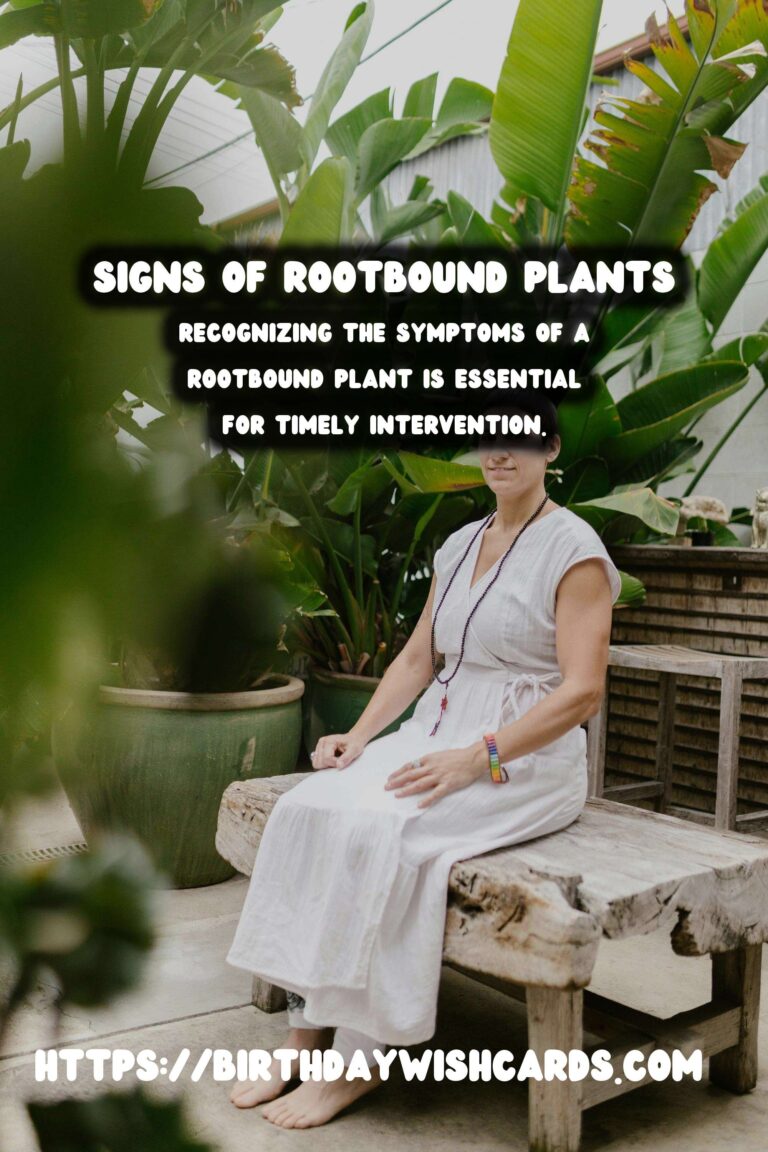
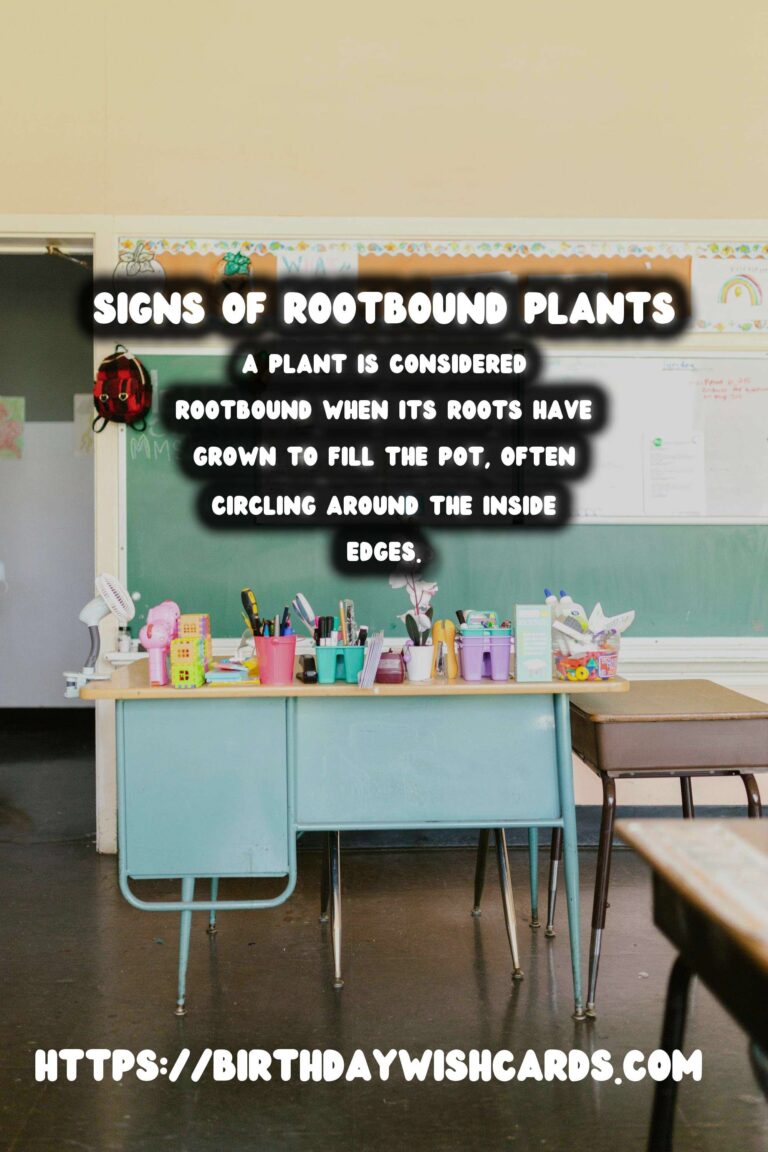
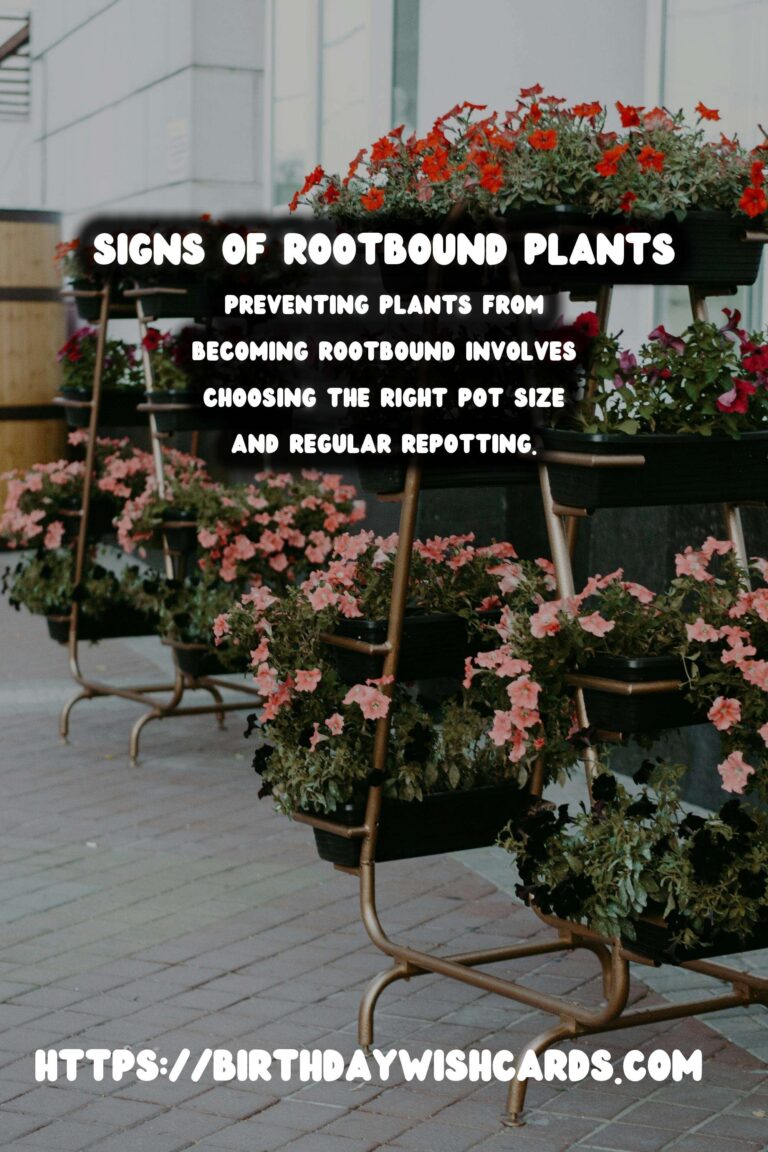
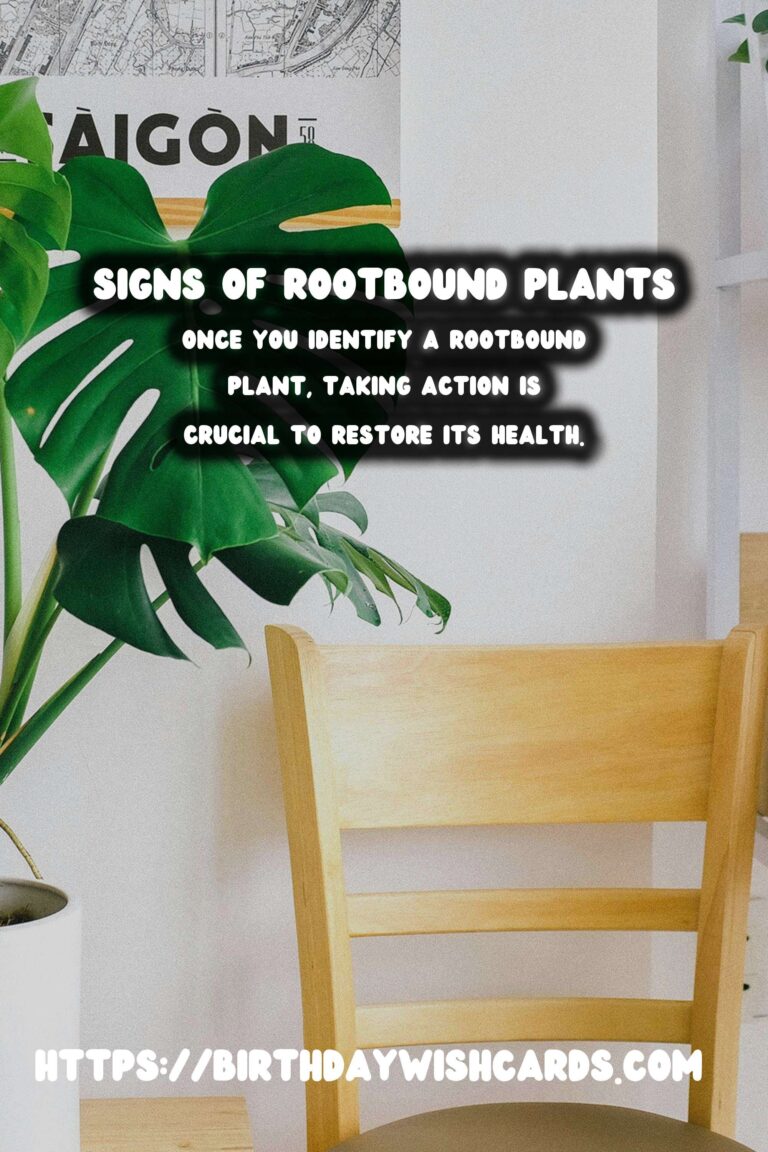
#PlantCare #GardeningTips #RootboundSymptoms




